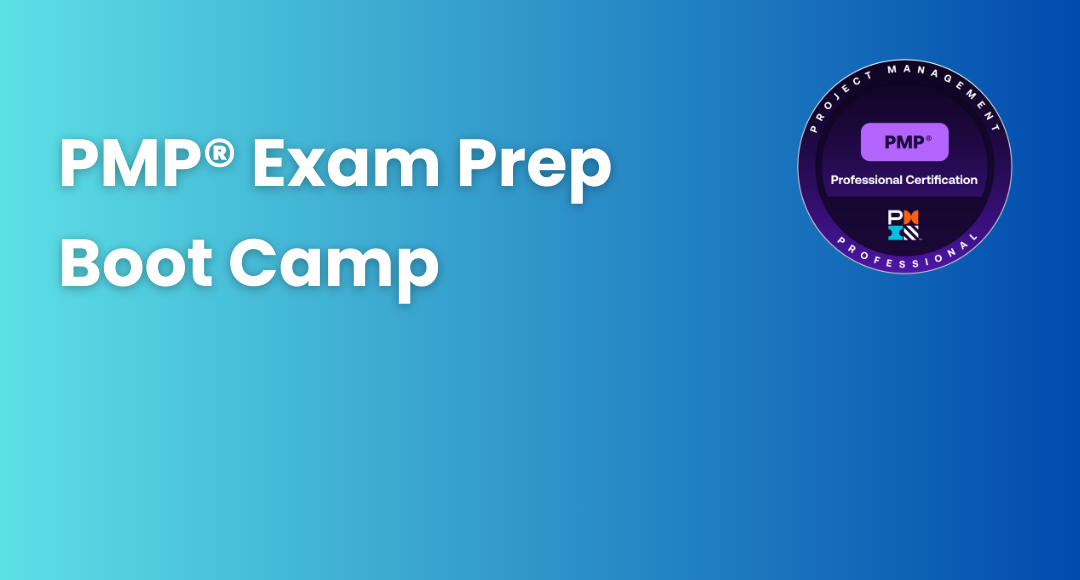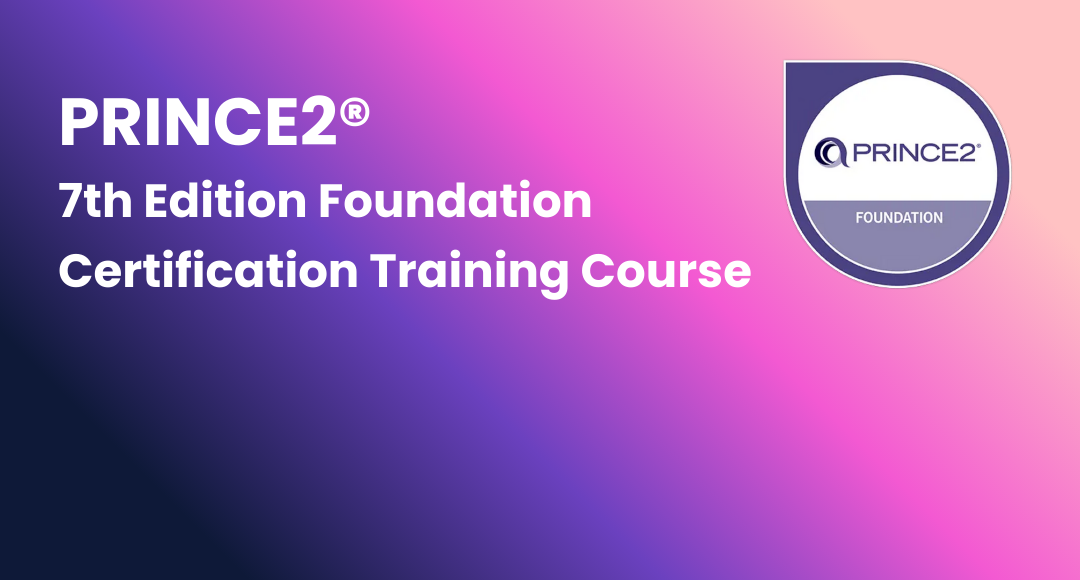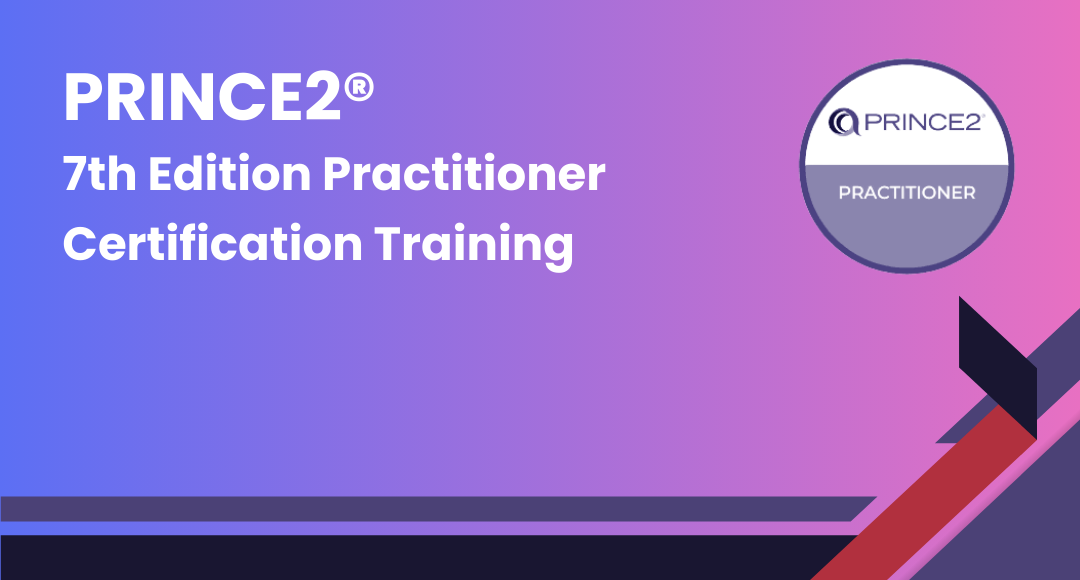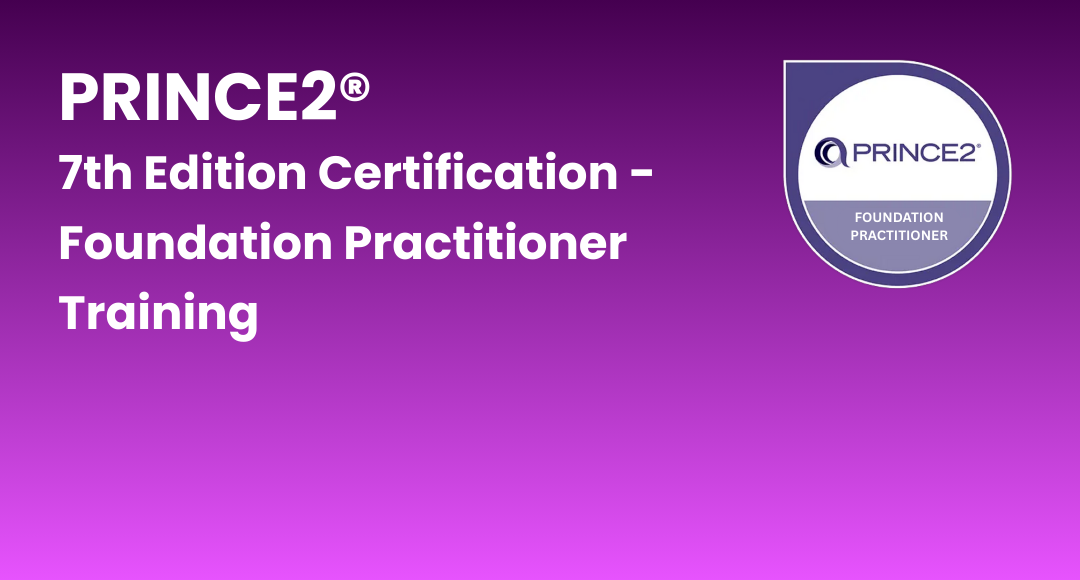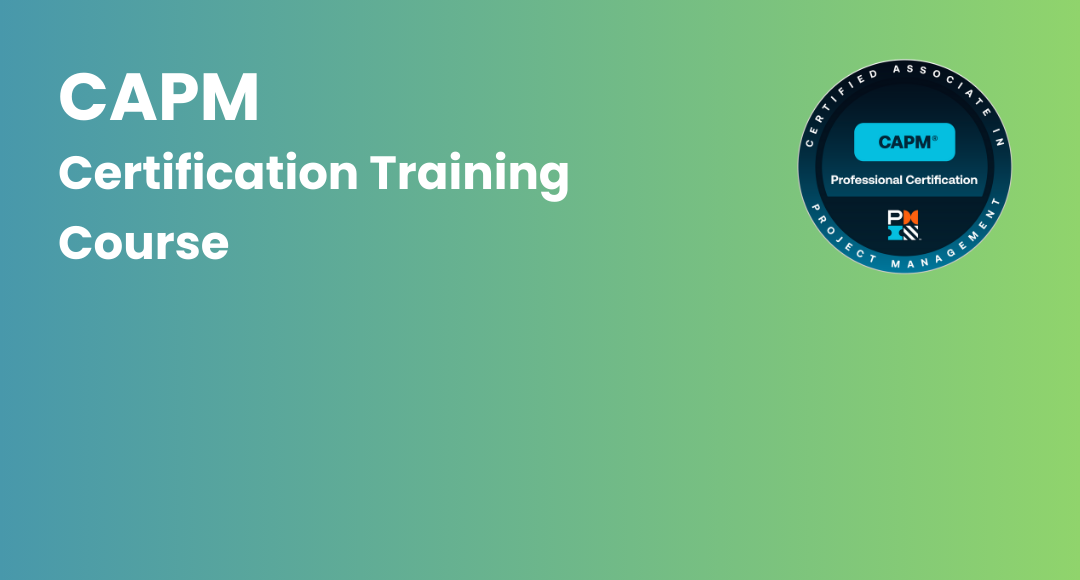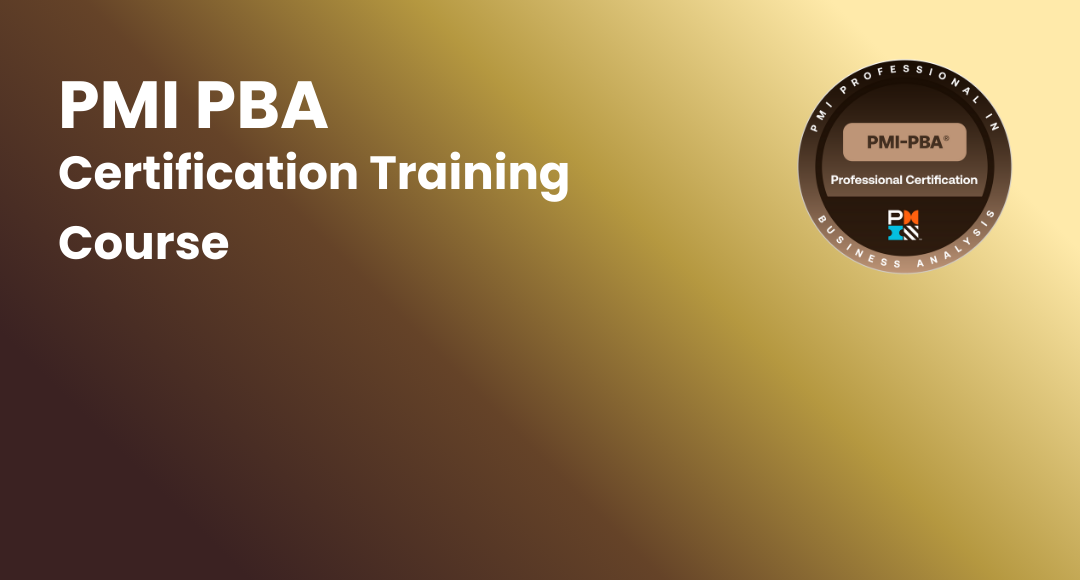Product Lifecycle Management
-
 By Akssar
By Akssar - Published on Jun 15 2023

Table of Contents
Introduction to Product Lifecycle Management
With the advent of the internet in the modern world, data processing on a large scale is possible like never before. Data analytics has found its way into every field of operation in the modern world. Right from competitive sports to software development, data analytics has forayed its way into every major sphere of work.
This is majorly due to the advancements made in computers in the last few decades. With the exciting advancements in hardware and software made in the last few decades, it is possible to process larger chunks of data than ever before.
That is, it is possible to process a higher volume and at the same time, it is possible to process this data faster than ever before. This has given rise to big data and its analytics. It is hard to even fathom the size of data that can be processed by computers these days.
One of the ways available to make use of this data is through product lifecycle management or PLM. PLM offers the ability to organize various development strategies, capabilities, and information on a scale.
This helps various stakeholders in a project's lifecycle see how the product is being used and what the performance is in real-time. This is especially beneficial because the stakeholders do not have to wait for clients to report discrepancies, as they can spot these in advance using this system.
In this article, we will look at the PLM system and how it is crucial to the project management process and the organization in a larger context. Having an understanding of this process is crucial for project managers and useful to anyone involved in the project management process.
What is Product Lifecycle Management?
PLM or product lifecycle management is a comprehensive framework that organizations use to manage products through the phases of the product lifecycle. PLM system contains all aspects of a product, including planning, managing, design, manufacturing, marketing, resources, and software. These resources are inclusive of human resources.
It is used as an umbrella term, and the subdivisions under it are created according to the needs of the specific organization and its order of business. It has become such a market on its own that, in fact, various software companies offer PLM software solutions that help product managers with decision-making in pricing and marketing strategy. This happens so much that PLM has been taken to mean or refer to PLM software systems by a lot of organizations.
Therefore, we can gauge that PLM implies the integration of every aspect of a product, from its initiation to its delivery. PLM helps align the vision of the organization with the software in place and the people employed in the process. T
This aligns the management of data with the manufacturing and marketing processes. This, in turn, aligns the entire process toward the end product and its delivery. This PLM system can help optimise the whole process for a higher level of efficiency. This means a lower cost as well as faster delivery of the product itself.
As mentioned earlier, PLM is the generic base process and is curated as per every individual organizational need. An ideal PLM would be holistic and be able to manage and secure product information. It would also ensure that the newly acquired information is used in future business processes.
Even though it is a generic umbrella term, PLM has three main elements. Information and Communication Technology, or ICT, is the first main element. This consists of the necessary systems and platforms, which are the tools and internal framework standards being adopted. The processes are the second element. They include all the resources, like people, skills, and organizations. The third element is the method. This consists of the practises, rules, and procedures.
One of the major reasons for the widespread use of PLM nowadays is the increasing globalization of the market. That is, manufacturing or production of products has been split across the globe for singular products, with heavy reliance on the supply chain coupled with a shorter time expected for production.
This is only further boosted by the availability of the internet, which makes sharing information among partners spread out globally possible. Here, PLM offers the possibility of an overview and adjustment of the manufacturing process in real-time while it is still occurring.
Four Stages of the Product Lifecycle and its Management
To get a better understanding of Product Lifecycle Management, we need to understand the underlying Product Lifecycle first. Any given product has to move through the lifecycle during its lifetime. That is, beginning with the product launch and ending with its removal from the market shelves (physical or virtual). This product lifecycle model will help you get a clearer understanding of the whole product lifecycle and how to manage different phases.
Even though the lifecycle is generic and differs with every product, organization, and market in which it is deployed, it has four phases that are common across platforms. The four phases are introduction, growth, maturity, and decline.
Even though there are several other variations with more phases, these four phases are the traditional divisions and can invariably be demarcated in any product’s lifetime. A product lifecycle strategy can be formulated after a clear understanding of these phases.

Stage 1 – Introduction
The lifecycle begins with the launch of the product, which is the introduction phase. This is after the effort of researching, then designing, and building on the research that has already been done. Launching a product is itself a specialised process, even with a finished product ready and available.
Here, the focus lies on aspects such as sales, advertising, and distribution rather than profits. Here, typically, the product manager will have the task of creating awareness about the product as well as clarifying the specifications of the product, both to the sales team and the market clients.
Stage 2 – Growth phase
A product reaches its growth phase after a successful introduction into the market. By this phase, the clients in the market have already started embracing the product and are willing to shell out money to obtain it.
Now the goal is to gain new customers as rapidly as possible to capture a higher percentage of market share. There is a strong reliance on word-of-mouth promotion from existing customers at this phase. Here, the focus is to further the product by planning marketing strategies, price updates, and new features that can be added.
Capacity and distribution have to be overhauled as per the initial market performance assessment. However, companies cannot afford to be too cautious, as they would risk losing their market share to competitors.
The growth rate has to be managed, as a sudden increase can cause the product to fall flat with high demand and no availability and can also cripple the infrastructure system that is put in place.
Stage 3 – Maturity phase
The maturity phase is deemed to have started with a reduction in the rate of growth. As a general rule, this phase is the longest for products. The growth in sales either slows down considerably or simply hits a plateau. Most commonly used products on the market are generally already in the maturity phase of their lifecycle.
Here, the focus lies on ensuring that there is differentiation in your product in comparison with the rest of the competing market products that are available to the client base. One of the typical moves made in this phase is the reduction of product prices to ensure that the product remains competitive as well as to maximise sales.
Generally, a successfully launched and marketed product that is the market leader would enjoy maximum profits at this stage. Other runners-up in the market would experience a dip in profits due to price reduction strategies as well as the overwhelming market competition.
A lot of organizations tend to aim to elongate the maturity phase for as long as possible. One of the strategies invoked for this purpose is the release of variant products at the projected end of the maturity phase.
However, this can lead to a counter-productive phenomenon called cannibalization, which is the variant that might start eating into sales of the existing product. Organizations aim to avoid this phenomenon by seeking to ensure the existence of clear differentiation between the main product and its variants.
Stage 4 – Decline phase
It is an inevitable end phase for any given product in any given market aimed at any given demographic. Even if the product is a market leader, it will inevitably reach this phase, albeit a little later than other products.
In a free market, there are various reasons why this occurs. One of the main factors is any changes and advancements in technology that have been made since the onset of the introduction phase. This might lend itself to the possibility of the same or a similar product being better with the advancements so achieved.
Also, some technology might render certain products redundant. In a free market, product innovation can come from fellow competitors in the market as well as from around the world. The product might not appeal as much to a newer generation of consumers and might not appeal to existing customers with changing habits as well.
Sometimes certain companies plan this phase to perfection to ensure that clients buy newer models of the same product as a replacement. This is done by phasing out the old product while simultaneously hyping the next entry. An example of this would be the smartphone market.
Product Lifecycle Management Stages
The product lifecycle is divided into three stages to facilitate the management of the product. This is a further simplified demarcation of the product lifecycle and is done to better handle the product from a management perspective. In this, the lifecycle is divided into the beginning, middle, and end.
Product management can be achieved to a greater level by establishing the processes early and making sure that the flow of communication happens clearly. Better coordination can ensure that the process is optimised for efficiency, which in turn would ensure that there is minimal wastage of resources.
These stages provide you with a product management life cycle model that can be further curated according to the needs of your business, for example, for developing software, it would have a software product life cycle.

Stage 1 – Beginning of life
This stage starts with the conception of the product. This is followed by the development of the product, which is automatically inclusive of the design, planning, engineering, and manufacturing of the product. Initial product marketing and promotions are also part of this stage, as this stage sees the product through to its launch and introduction into the market.
Stage 2 – Middle of life
At this stage, the product is being manufactured and is being used by customers in the market. The production and distribution system put in place at the beginning of the life stage has to be revamped as per market demand to ensure a smooth supply of the product and to optimize the effort put into the process as well.
It is also crucial to gather market feedback and make any improvements that can be made to ensure customer satisfaction with the product. Maintenance of the quality of the product, as well as its relevance and parameters for sales and profits, is vital in this phase.
The aim is to elongate the middle life of a product to ensure maximum gains are made from it. Here we can understand the importance of the product life cycle in marketing management.
Stage 3 – End of life
At this point, the market in which the product operates has become saturated. This might be due to a variety of reasons, such as advancements in technology or shifts in the market itself. Another possibility is that the product has become redundant due to changes in market trends or the rise of technology.
It would be wise at this juncture to start planning the end of production to avoid the wastage of products. Of course, the option to stay in the market exists. One can cycle back to the beginning phase by going for product updates and redesigns and perhaps by introducing variants.
This can be aided by the data collected during the middle life of the product. If the product can be revamped to cater to client demands, it can cycle back to the beginning phase.
Benefits of having a Project Lifecycle Management
Breaking down the product lifecycle into phases for easier management can aid in the effective utilization of the whole process to maximize revenue and reduce the wastage of resources. It is important and has become the norm when developing new products. This helps in determining the viability of a product right from the onset without necessarily waiting for the market reaction to evaluate it.
One of the major advantages of the PLM system is that it can significantly improve the speed at which work occurs. This is due to various factors, like the fact that it allows for managing project intent to align it with customer expectations. The best PLM software, like SAP PLM, helps you manage this with ease.
Managing the product overall becomes easier as PLM provides answers to various basic queries, starting with whether the product is worth pursuing at all. It also helps determine competition beforehand to calculate its chances of surviving in the free market. Also, every revenue generation angle on the product can be explored to maximise profits that can be accrued from the product.
It helps ensure that information available to the company is used along with data collected from the market to cater to the product appropriately and reap maximum profits. It also helps constantly evaluate the product, its manufacture, and its distribution system by using market data. Many companies have historically wasted resources by not considering data.
This also causes them to go over budget, which can be avoided by planning using the available data. PLM enables the management of data in a clear, concise, and valid format. It also enables accurate and efficient data collection.
This in turn helps them introduce the product faster as well as overhaul production and distribution as per market demand. It also helps them price the product in a competitive manner, which enables them to systematically capture a higher market share. All the data gathered over the lifetime of a product can be used to launch future products. As they say, data is indeed the king.
Conclusion
The role of Product lifecycle management in the effective outcome of the product cannot be understated. Knowing the product life cycle in project management can be especially beneficial, as it can help ensure the overall success of the product.
There is various lifecycle management software available now that helps make the data analysis possible, which is required to carry out this process on a large scale. One needs a thorough understanding of the PLM system to make the best use of this product lifecycle management software.
The use of PLM tools backed by a clear understanding of their underlying concepts can help in delivering effective products that are sought after by clients and reap profits for the company. The SAP PLM model, for example, can help you organise the various facets inside a single business suite.
To further your career in project management and product management, a thorough understanding of these concepts is a must. Getting a certification offered by a governing body like PMI can help prove your competence in this regard. Taking the help of a reputed training body like Sprintzeal will be highly beneficial in the pursuit of this knowledge as well as the certifications. Join Sprintzeal now!
Courses to check out –
PRINCE2® 6th Edition Foundation Certification Training Course
PMI PBA Certification Training Course
Articles to learn more –
Subscribe to our Newsletters
Popular Programs
CAPM® Certified Associate Project Management
Live Virtual Training
- 4.7 (962 + Ratings)
- 14k + Learners
Trending Posts
CAPM Exam – Difficulty, Details and Preparation Tips
Last updated on Mar 22 2024
Is it worth getting the CAPM certification?
Last updated on Jan 10 2023
The Ultimate Guide to the Waterfall Methodology in Project Management
Last updated on May 4 2023
Project Management Office: Step-by-Step Guide to Start a PMO
Last updated on Dec 18 2024
Best Agile tools for Project Managers in 2024
Last updated on Jan 16 2024
Project Integration Management Guide
Last updated on Aug 5 2022
Categories
- Other 66
- Agile Management 56
- Cloud Computing 51
- Project Management 170
- Big Data 58
- Business Management 82
- Digital Marketing 73
- IT Service Management 29
- Programming Language 50
- AI and Machine Learning 68
- IT Security 109
- Quality Management 77
- IT Hardware and Networking 25
- Microsoft Program 4
- Workplace Skill Building 12
- Risk Management 9
- Information Security 8
- Leadership and Management 7
- Corporate Training and Development 1
Trending Now
Issue Log in Project Management - Uses and Importance
ArticleSupply Chain Response And The Factors Involved In It
ArticleBest Agile tools for Project Managers in 2024
ArticlePMI-PMP® Exam Changes Explained in 5 Minutes
ebookProject Initiation Phase - Importance and Roles Involved
ArticleDelphi Technique and Its Role in Project Management
ArticlePMBOK Guide and Project Management Certification Updates 2024
ArticleHow to Use Google Calendar as a Project Management Tool
ebook10 Reasons Why You Should Get PRINCE2 Certification
ArticleCAPM Cheat Sheet 2024
ArticleCAPM Certification Study Guide
ArticleCAPM Certification Exam Preparation Guide 2024
ArticleTop Benefits of CAPM Certifications
ArticleGuide to Advancing Project Management Career with PMP Certification
ArticlePMP Vs PRINCE2 - Which Project Management Certification is Better?
ebookProject Management Interview Questions and Answers for Managers
ArticleProject Management Software to Use in 2026
ebookBest project management certifications in 2026
ArticleProject Feasibility Study in Seven Steps
ArticleCAPM vs PMP – Which Project Management Certification Is Better?
ArticleProject Scope Management Guide 2024
ArticleProject Management Complete Guide 2024
ArticleCAPM Exam – Difficulty, Details and Preparation Tips
ArticleWhat is Project Management?
ArticleIs it worth getting the CAPM certification?
ArticleIs PMP Better than MBA?
ebookWhat is PMI ACP certification?
ArticleIs PMP exam difficult?
ArticleIs PMI ACP worth it?
ArticlePMP or CAPM – which is better?
ArticleWhat is pass percentage for the CAPM exam?
ArticlePMP or PMI ACP – which certification should you get?
ArticlePMP Certification Cost Details
ArticleHow to get PMP certification - Guide 2025
ArticleHow to create an effective project plan
ArticleTop Project Manager Interview Questions and Answers 2024
ArticleGuide to Change Management for Organizational Transformation
ArticleResource Manager Interview Questions and Answers 2024
ArticleTop Project Manager Qualifications and Career Path in 2024
ArticleNetwork Diagram - Types, Topology and Use in Project Management
ArticleProject Management Life Cycle and Its Phases
ArticleGuide to Project Management Processes, Methodologies and Lifecycles
ArticleProcess Capability Analysis Explained
ArticleFinancial Risk and Its Types
ArticleConstruction Project Management - Roles, Stages and Benefits
ArticleRisk Management Strategies in Project Management
ArticleProject Management Principles - 12 Essentials
ArticleProject Management Framework Guide
ArticleStrategic Management Guide 2024
ArticleProject Management Books List - Best of 2024
ArticleProject Documentation and Its Importance
ebookProject Management Tips - Best of 2024
ArticleProject Management Apps Best of 2024
ArticleDigital Project Manager – Skills, Salary, and Scope
ArticleProject Communication Plan – How to Create and Use
ArticleEarned Value Management and Its Significance
ArticlePlanning Poker Estimation Technique
ArticleProject Management vs Product Management
ArticleProject Crashing in Project Management
ArticleProject Controlling and its Importance in Project Management
ArticleProject Report and its Significance in Project Management
ArticleEstimate at Completion - Formulae and Calculations
ArticleProject Cost Management Guide 2024
ArticleProject Portfolio Management Guide
ArticleProgram Manager vs Project Manager - Comparison of Roles and Careers
ArticleWBS Dictionary - A Beginner's Guide
ArticleStakeholder Analysis and Stakeholder Management Guide
ArticleProject Management Phases Explained
ArticleProject Management Knowledge Areas
ebookLeadership Theories for Managers
ebookPMP Pass Rate in 2024 - Guide to Clear the PMP Exam
ebookProject Schedule Management Guide for Beginners
ebookProject Integration Management Guide
ArticleProject Risk Management Guide
ArticleProject Resource Management Guide
ArticleProject Quality Management Guide
ArticleProject Procurement Management Guide
ArticleProject Deliverables in Project Management
ebookConflict Resolution in Project Management
ebookPERT vs CPM in Project Management
ebookGantt Charts - The Ultimate Guide
ebookWork Breakdown Structure in Project Management
ebookTop Gantt Chart Makers in 2024
ebookGantt Chart Tools - Best of 2024
ebookHow to create a work breakdown structure
ebookProject Manager Resume Guide – Best Tips and Examples
ebookProduct Management Frameworks - The Ultimate Guide 2024
ebookProduct Planning - A Beginner's Guide
ebookWhat is Product Management? - A Beginner's Guide
ebookGuide to Project Stakeholder Management
ebookPMP® Certification Salary: Job and Salary Scope in 2024
ebookTop Project Engineer Skills
ebookGuide to Technical Project Management
ebookTop 10 project management competencies
ebookNegotiation in Project Management: The Utimate Guide
ebookTime Management in Project Management - Steps to Implement it
ebookTop Program Manager Skills of Successful Program Managers
ebookA Brief Guide to Conflict Management Approaches
ebookWhat is a Risk Management Plan? A Comprehensive Guide
ebookWorkflow Diagram - Steps to Create, Symbols, Types, and Uses
ebookBest Practices to Measure Resource Utilization
ebookWorkload Management: How to Optimize Your Team’s Workload?
ebookWhat is Project Execution? A Comprehensive Guide
ebookProject vs Program Management: Key Differences
ebookKanban Methodology in Project Management – A Complete Guide
ebookHybrid Project Management Guide 2024
ebookProject Characteristics: Key Elements in a Project
ebookThe Ultimate Guide to the Waterfall Methodology in Project Management
ebookProject Budget: Definition, Overview & How to Create One
ebookThe Ultimate Project Kickoff Meeting Guide
ebookProject Timeline: How to Build One, Definitions, and Examples
ebookProject Scope Statement: How to Write One With Example
ebookStatement of Work in Project Management Guide 2024
ebookProject Management in Product Development : Essential Role
ebook10 Best Change Management Tools to Use
ebookMastering Resource Scheduling to Unlock Project Success
ebookProject Risk Analysis: Tools, Templates & Best Practices
ebookHow to Write a Project Summary: Four Easy Steps
ebookTop Leadership Skills: Mastering the Art of Effective Leadership
ebookHow to Write a Project Descriptions: A Step-by-Step Guide
ebookWhat is Project Monitoring? A Comprehensive Guide
ebookWhat Are Project Fundamentals? A Quick Guide
ebookKanban Board: A Detailed Guide to Understanding and Usage
ebook10 Effective Management Styles for Leaders (With Real-Life Examples)
ebookProduct Manager Career Path: What to Expect
ArticleCareer Path for Program Manager - Strategic Navigation for Professional Growth
ebookExploring Career Path for Product Owner
ebookAn Ultimate Guide to Project Coordinator Career Paths
ebookHow to Become an ISO 21502 Lead Project Manager
ArticleWhat are the Basics of ISO 21502 Foundation? A Brief Guide
ebookThe Role and Responsibilities of an ISO 20400 Lead Manager
ArticleEnergy Saving Standards and ISO 50001 Best Practices
ebookComparing Different ISO Certifications for Project and Energy Management
ebookGuide to ISO Certifications for Effective Project and Energy Management
ArticleWhy ISO 50001 is the Perfect Match for Energy Efficiency?
ArticleAI Tools for Project Managers: A Game Changer for Project Success
ArticleAbout Disney’s Project Management: Where Magic Gets Real
ArticleMcDonald's Recipe to Success - A Perfect Project Management Case Study
ArticleToyota’s Project Management: A Road to Greatness and Innovation
ArticleNetflix's Binge-Worthy Project Management
ebookUnder Armour’s Project Management Approach
ArticleWipro Project Management: Core Lessons from Tech Giant
ArticleProject Management at Google: Tools and Success Stories
ArticleCoca-Cola Project Management Strategy and Key Insights
ArticleAI in Project Management: Transforming the Future of Work
ArticleBehind the Scenes: How Apple Executes Projects with Flawless Precision
ArticleTesla's Advanced Project Management: Accelerating the Future
ArticleBeats to Business: Spotify's Project Management to Redefine Music
ArticleTop AI Project Management Software to Elevate Your Workflow
ArticleProject Management Office: Step-by-Step Guide to Start a PMO
ArticleWhat is a Project Management Information System?
ArticleHow Microsoft Balances Innovation and Project Management?
ArticleWhat is Agile Project Management? A Beginners Guide
ArticleIKEA Project Management: What to Learn and Stay Competitive
ArticleHow Did Nike Become a Global Leader?
ArticleIntel's Master Project Management Formula
ArticleSamsung Pioneer in Project Management: The Secret Behind It
ArticleAmazon Logistics Strategies That Dominate Retail
ArticleRemote Project Management Success: Key Strategies and Career Opportunities
ArticleStreamlining Workflows: The Best Digital Tools for Professionals
ArticleUnderstanding the Financial Risks in Sponsorships and How to Avoid Them
Article3 Real Disasters That Teach Critical Project Risk Planning Lessons
ArticleInterview scheduling automation: Streamlining the candidate experience
Article3 Quality Gaps That Can Ruin Your Project Outcomes
ArticleBest 4 Construction Drawing Management Tools to Boost On-Site Efficiency
ArticleEssential Jira Interview Questions for 2025
ArticleProduct Development Cycles That Keep Innovation on Schedule
ArticleSmarter Projects with AI
ArticleLegal Project Management for PMs: A Practical Starter Guide
Article
